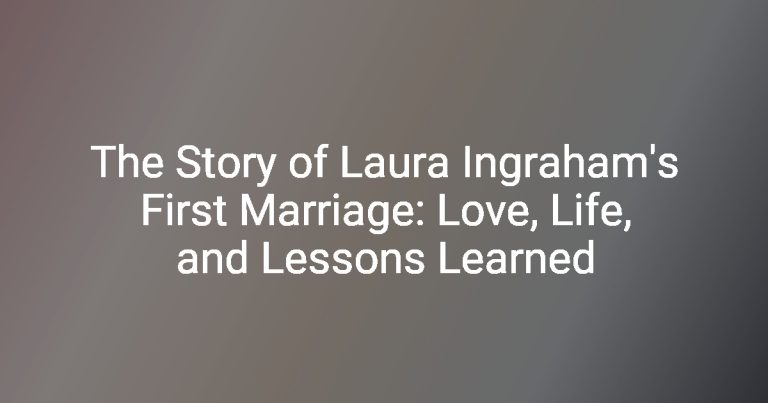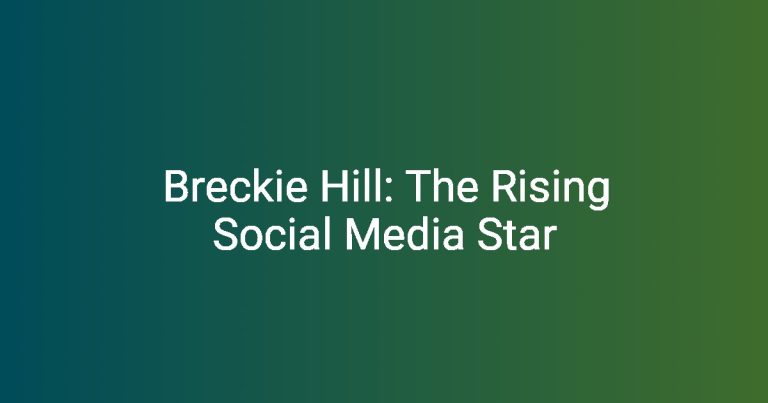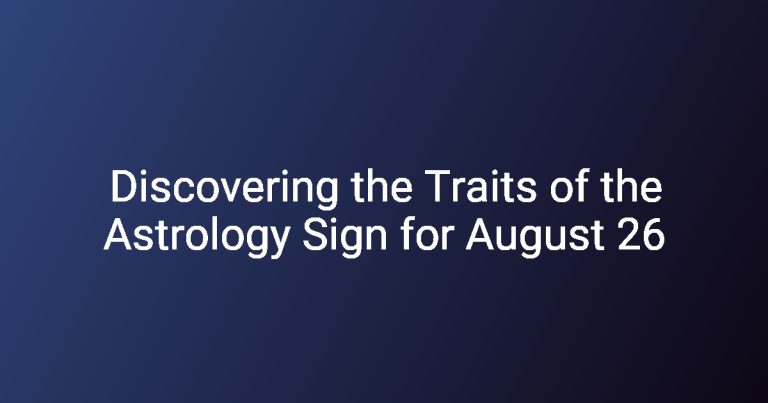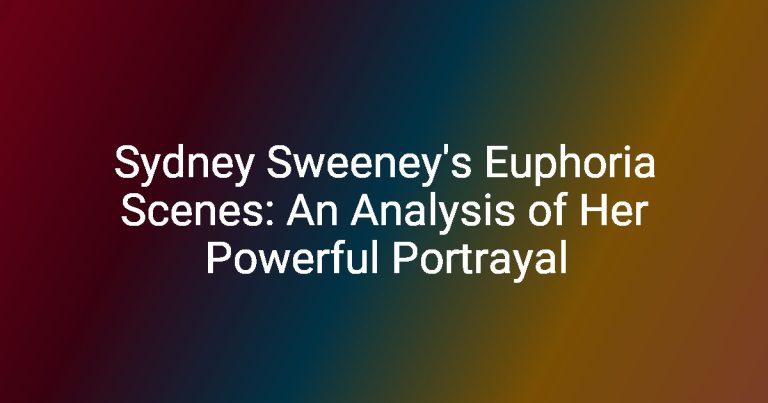## *Historical Context and Relevance of Gypsy Rose Blanchard Nude Images and Privacy Intrusion*
The name Gypsy Rose Blanchard has become inexorably linked with a highly personal and controversial matter — the unauthorized dissemination of her intimate photographs, colloquially referred to as the “Gypsy Rose Blanchard nude scandal.”
This article aims to delve beneath the surface of this scandal, exploring the broader ramifications of privacy invasion in the digital age. By investigating the events leading up to and following the leak, we can understand the impact on individuals, the role of media, and the need for robust legal and societal protections.
### The Scandal and its Evolution:
#### Timeline of Events
The Initial Leak
The Gypsy Rose Blanchard nude scandal erupted in 2020 when intimate photographs of Blanchard were allegedly leaked onto the internet. These images, widely shared, caused a media frenzy, with outlets scrambling to cover the story.
Unsanctioned Distribution
The scandal gained momentum as the images were reproduced and disseminated without consent, leading to a blizzard of illegal activity. Online platforms and forums became hubs for the unauthorized circulation of these images, often with malicious intent and derogatory commentary.
Media Frenzy and its Impact
The media’s coverage of the scandal intensified the backlash against Blanchard, with many outlets exploiting the story for sensationalism. This created a toxic environment of online shaming and harassment, impacting Blanchard’s privacy and well-being.
#### Nature of the Images and Consent
The images at the center of the scandal were clearly intimate and personal, raising questions about consent and exploitation. It is essential to understand that sharing such images without consent can constitute a form of abuse, violating an individual’s personal boundaries and right to privacy.
While the circumstances surrounding the original capture of these images remain unclear, the subsequent illegal distribution and consumption represent a gross violation of Blanchard’s privacy.
#### Role of the Internet and Social Media
The internet and social media platforms played a pivotal role in amplifying the scandal. These technologies facilitate rapid sharing and dissemination, allowing images to spread like wildfire across the globe within minutes. This digitally enabled contagion can have devastating consequences for the individuals involved, often exceeding their reach and control.
Additionally, social media platforms can facilitate online harassment and bullying, as was seen in the backlash against Blanchard. The anonymity these platforms provide can encourage users to engage in abusive behavior, with few consequences.
### Privacy Invasion and Its Ramifications:
#### Legal Recourse and Protections
There is a disturbing lack of comprehensive legal protections for individuals facing unauthorized distribution of intimate images. While some jurisdictions have specific laws addressing nonconsensual pornography, these laws often struggle to keep pace with technological advancements and variations in cultural norms.
Unauthorized Distribution of Intimate Images
In many regions, the unauthorized distribution of intimate images is covered by general privacy or harassment laws, which may fall short of adequately addressing the unique challenges presented by digital dissemination. The global nature of the internet means that images can be shared across jurisdictions with varying legal landscapes, further complicating enforcement.
Holding Perpetrators Accountable
Holding perpetrators accountable for the nonconsensual distribution of intimate images is a complex endeavor. Anonymity on the internet often shields perpetrators, and tracing the origin of leaks can be a daunting task.
However, legal avenues do exist, including criminal charges for distribution of intimate images without consent and civil actions for invasion of privacy. The effectiveness of these measures hinges on robust enforcement and proactive education on the rights and consequences associated with nonconsensual sharing.
#### Psychological and Emotional Toll
The invasion of privacy can have devastating psychological and emotional consequences for the individuals involved. Victims often experience trauma, with lasting impact on their mental health and well-being.
Trauma and Long-lasting Effects
The trauma caused by having intimate images shared against one’s will can lead to a range of mental health issues, including anxiety, depression, and post-traumatic stress disorder (PTSD). The constant fear of exposure and the knowledge that the images are out there can be extremely distressing, affecting all aspects of life, including relationships, employment, and daily functioning.
Mental Health and the Need for Support
It is crucial to recognize the impact on mental health and to provide support for individuals navigating the aftermath of such invasions. This includes professional counseling, therapy, and access to peer support networks to help victims cope with the emotional fallout.
#### Online Abuse and Harassment
Victims of unauthorized image distribution often face widespread online abuse and harassment, which can be dehumanizing and de-personalizing.
Bullying and Shaming on Social Media
Social media platforms, with their anonymity and lack of oversight, can become breeding grounds for abuse. Victims may face harsh criticism, hate speech, and threats of further humiliation and exposure. The virality of such content can quickly spiral out of control, drawing in a wider audience and fueling a toxic cycle of harassment.
Counteracting Online Abuse
Preventing and addressing online abuse is crucial to supporting victims and deterring potential perpetrators. Social media platforms can implement better moderation policies, provide options for users to report abuse, and train moderators to recognize and take action against harmful content.
### The Importance of Consent and Respect:
#### Defining and Enforcing Consent
Understanding Consent
Consent is an essential component of healthy, respectful relationships. It is the act of giving permission or agreement for something to happen or be done. In the context of intimate relationships and imagery, consent is about having the right to make choices without coercion, manipulation, or pressure.
Boundaries and Respect
Consent is about respecting personal boundaries and maintaining agency. It means understanding that consent is an ongoing, dynamic process, and that past consent does not imply future consent. Just as importantly, consent can be revoked at any time, and all parties involved must respect that decision.
#### Societal Norms and Double Standards
Influence of Societal Norms
Societal norms and expectations can significantly influence perceptions of consent and privacy. Double standards, particularly regarding gender, often undermine women’s agency and minimise the severity of invasive and harmful behaviors.
Gender Biases and Respect
Women, for instance, face unique challenges, often bearing the brunt of societal double standards. They may experience a lack of privacy, with their bodies and choices constantly subjected to public scrutiny and judgment. This normalises invasions of privacy and limits the scope of consent, especially in the context of intimate relationships.
#### Protecting Privacy and Responding to Invasions
Practical Steps in Case of Privacy Invasion
If you are facing a privacy invasion, several practical steps can be taken to protect yourself and seek justice. These include documenting the invasion, saving evidence, and filing complaints with relevant authorities, such as law enforcement, social media platforms, or other governing bodies.
Online Resources and Support
Many online tools and resources are available to report privacy invasions and seek support. These include hotlines, dedicated support groups, and advocacy organizations. It is crucial to reach out for help and not suffer in silence.
### Media Ethics and Responsibility:
#### Media’s Role in the Scandal
Ethical Boundaries in Media Handling of the Story
The media’s coverage of the Gypsy Rose Blanchard nude scandal raised significant ethical concerns. While the story was undoubtedly newsworthy, the way it was handled often placed sensationalism above responsibility.
Responsibly Covering Sensitive Stories
Media outlets have a duty to handle sensitive stories responsibly, minimizing harm and protecting the dignity of the individuals involved. This includes exercising discretion in the use of names, images, and other identifying details, as well as refraining from gratuitous exploitation that does not serve the public interest.
#### Sensationalist Reporting vs. Public Right to Know
The Line between Public Interest and Invasion of Privacy
Journalists often face the dilemma of balancing the public’s right to know with the need to protect an individual’s privacy. While some intrusion is sometimes necessary in the public interest, it must be justified and proportionate, with a clear public benefit outweighing the potential harm.
Responsible Education and Awareness Raising
The media has a powerful role in shaping public opinion and understanding, and it can use this influence to educate and raise awareness on important issues. This includes sensitively covering stories of privacy invasion, highlighting the legal and ethical complexities, and fostering a culture of respect and consent.
#### Content Moderation Policies
Effectiveness of Current Moderation Policies
The effectiveness of current content moderation policies varies widely across social media platforms. While some platforms have implemented robust policies to combat the spread of nonconsensual intimate images and harassment, others lag behind, often relying on reactive rather than proactive moderation.
Potential Strategies for Improved Moderation
To enhance content moderation and user safety, platforms can consider increasing investment in human moderation, improving algorithms for image detection and contextual understanding, and establishing clearer guidelines for users to report privacy invasions and online abuse.
### Table: [Example Table Illustrating the Media’s Role in the Scandal]
| Media Outlet | Coverage | Impact on Scandal | Ethical Consideration |
|---|---|---|---|
| The Sun | Published multiple articles on the scandal, including personal details and images of Blanchard. | Increased public awareness and scrutiny, potentially contributing to online abuse and privacy invasion. | Considered to have exploited the story for clicks, with little regard for Blanchard’s well-being. |
| The Guardian | Covered the scandal sensitively, focusing on the privacy invasion and its impact on Blanchard’s mental health. | Raised awareness about the broader implications of nonconsensual image distribution without further endangering Blanchard. | Handled the story responsibly, with a focus on education and respect for the individual’s privacy. |
### Conclusion: Moving Forward
The Gypsy Rose Blanchard nude scandal serves as a potent reminder of the devastating impact of privacy invasion in the digital age. It highlights the urgent need for legal protections, societal awareness, and improved online safety measures.
As digital citizens, we must reflect on our own actions and strive to create a safer online environment. This includes respecting consent, avoiding the sharing of non-consensual images, and reporting abuse when encountered.
For social media platforms and media outlets, the focus must be on prioritizing user safety, implementing robust content moderation policies, and upholding ethical standards in their coverage.
Finally, continued dialogue and education on privacy and consent are essential to fostering a culture of respect and empathy in the digital realm.
### **FAQ:**
–
What can individuals do to protect their privacy online
– The spread of nonconsensual intimate images highlights the importance of digital privacy. Individuals should be cautious about sharing personal information and images online and regularly review and adjust privacy settings on social media platforms. Additionally, using encryption tools and applying secure practices can enhance online security.
–
What psychological impact does privacy invasion have
– Privacy invasion can result in trauma, leading to depression, anxiety, and even PTSD. The fear of public exposure, online shaming, and possible loss of reputation or employment can have devastating effects on mental health, often requiring professional intervention and long-term support.
–
How can we improve content moderation to reduce privacy invasion
– Platforms can increase investment in human moderation, improve machine learning algorithms for content detection, and develop clearer guidelines for users to report privacy violations. Additionally, proactive measures, such as pre-moderation and automated image analysis, can help identify and mitigate harm more effectively.
–
What are the key ethical considerations for media outlets in covering sensitive stories like the Gypsy Rose Blanchard nude scandal
– Media outlets must prioritize the protection of individuals’ privacy and well-being when covering such stories. This includes avoiding gratuitous exploitation and maintaining sensitivity in the use of names, images, and details. Media should uphold the public’s right to know while minimizing harm to the individuals involved.
–
How can society foster a culture of respect and consent
– Fostering a culture of respect and consent



